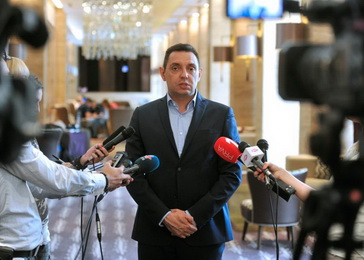 The Minister of Labour, Employment, Veteran and Social Affairs Aleksandar Vulin said that child labour mostly occurs in villages, and that social work centres removed 50 children from their families as neglected children and children exposed to labour exploitation.
The Minister of Labour, Employment, Veteran and Social Affairs Aleksandar Vulin said that child labour mostly occurs in villages, and that social work centres removed 50 children from their families as neglected children and children exposed to labour exploitation.
“The Ministry, i.e. the social work centres, recognized this and removed 50 children from their families. Of that number, 26 were placed in foster families, and 24 in relevant institutions”, said the Minister at the roundtable “Presentation of the Results of the Analysis of Regulations Regarding Child Labour and Proposals for their Harmonization with International Standards”. He underlined that child labour in legal, registered facilities was not found within the territory of Serbia, i.e. that the Labour Inspection did not find children under 15 years of age working in registered facilities, but that “certainly” child labour exists, mostly in villages.
He also added that in 2015 Social Work Centres reported 2,890 cases of child neglect, including labour exploitation of children. According to them, those 1,457 boys and 1,433 girls were neglected, and some exposed to labour exploitation.
He noted that the PIT programme (strengthened intensive treatment), operational since 2004, was further improved, and it may be said that of the 293 boys having completed the programme, where special attention is given and work is done with children from the street, 93 percent of them did not return to the street.
As evidence of the Ministry’s care for biological families, Vulin stated that 79 families were recognized as having problems with their children, unable to adequately raise and keep them, but they were provided assistance so that the children may remain.
“Our policy is that even the weakest family is still better than the best institution, therefore we always fight first for the child to remain in the family, then if it is impossible, for foster families, where the child can learn numerous social skills, and only at the end do we make use of placement in our institutions. We are one of the most successful countries regarding the reduction of the number of children in institutions”, noted the Minister.
Source: www.minrzs.gov.rs
 Government of the Republic of Serbia
Government of the Republic of Serbia




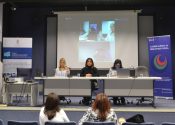


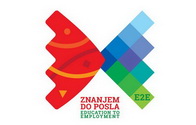


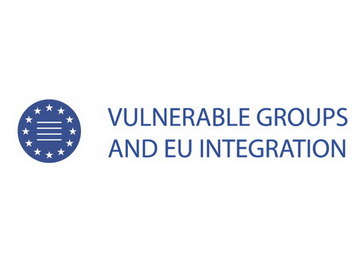
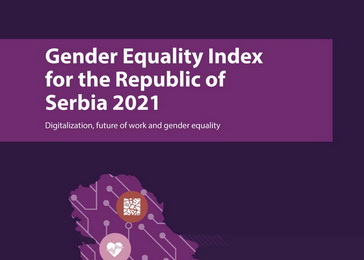
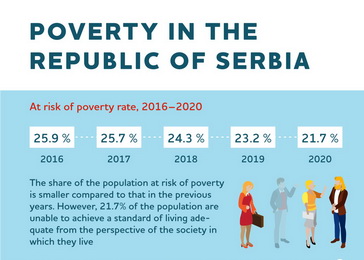


 pdf [271 KB]
pdf [271 KB]
Leave a Comment